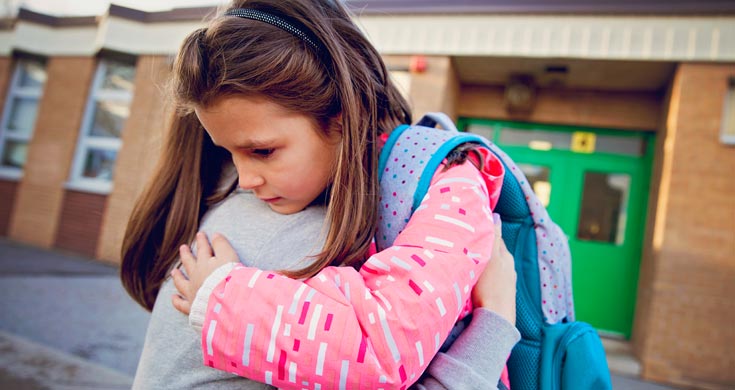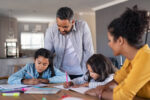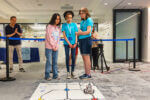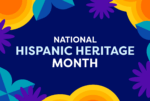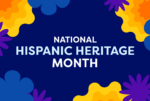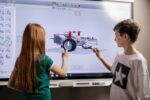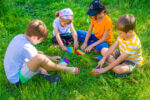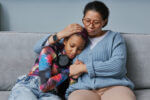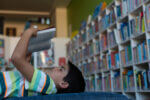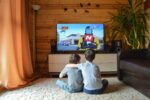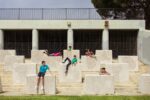With the increase in school shootings, school systems nationwide are implementing new safety protocols—including more safety drills. Recent reports say that kindergartners are learning to stack chairs and desks up against doors to keep “bad guys” out and make the classroom “like a fort.” Children of every age are learning to crawl out of windows, hide in closets, and even throw canned goods at attackers.
For some school districts, these drills are nothing new. By the 2013 school year, 70 percent of schools were participating in active shooter drills. One popular drill protocol, ALICE (Alert, Lockdown, Inform, Counter, Evacuate), has been in place since the 1999 shootings at Columbine High School. Today, 4,000 school districts are training children in the ALICE response.
Currently, 40 states require active shooter drills in public schools. For long-term teachers and administrators, these additions to the curriculum represent a shocking, nightmare reality that they never anticipated when they committed themselves to a lifetime of teaching and it only adds to teacher stress. For students, however, the repercussions are far more serious, as teachers and parents are reporting increased stress and anxiety in today’s students.
The greatest challenge for today’s schools is how to protect students at optimum levels while mitigating fear and anxiety. For parents, the challenge is to try and keep their children’s fears at a minimum, both at home and at school.
How Safety Drills Impact Kids
Recent studies show that active shooter drills may be making students fearful and anxious, and they create a negative and stressful school culture. One major study showed that students feel more prepared after these safety drills, but also feel more fearful of becoming a shooting victim. James Alan Fox, a professor of criminology at Northwestern University, has said that active shooter drills are a reminder to kids that “you’ve got a bullseye on your back,” while Jillian Peterson, a professor of criminal justice at Hamline University, said that active shooter drills can “create feelings of helplessness.”
Making matters worse, investigators revealed that Parkland school shooter Nikolas Cruz used his shooter safety drill training to help plan his attack. Previous drills taught him that setting off the school’s fire alarms—a key point of his strategy—would disable lockdown procedures.
How Parents Can Mitigate Fears
For parents and teachers, the question remains: Do the benefits of these drills outweigh the risks of students being traumatized by them?
One solution lies in how the drills are presented. Some schools are using terminology such as “buddy-room drill” for young children, and routines such as evacuating quickly are practiced in a non-threatening manner that doesn’t reference danger or shooters. In many classrooms, very young students are taught to view these drills as another type of fire drill.
But for kids who are old enough to know what’s really involved, true anxiety may be unavoidable. However, educators overwhelmingly agree that, in spite of this fact, it’s crucial for students and teachers to be prepared with as many safety/escape strategies as possible. This distressing situation has caused many parents to pull their students out of traditional schools so their children can learn at home, either via homeschooling or through virtual public schools.
For parents whose kids are facing these school safety drills, experts agree that the best thing they can do is talk to their children and try to calm their fears. Two popular recommendations include putting things in perspective to help kids understand the threat realistically and comparing the drills to other types of safety protocols that people use every day, such as airport security checks. Still, for some students who may already be worried about school safety, these increasing shooter drills may be adding to their anxiety. If your student is adversely affected by school shooter drills, or is particularly worried about the safety conditions at school, consider online learning as an alternative. Students in virtual schools learn from the safety of home while still attending a public school.
As a parent, how do you feel about schools implementing these active shooter safety drills? Should they only be used for older kids, or should they become standard in every classroom in the country? Do you feel that these drills are helping or hurting the nation’s children?
